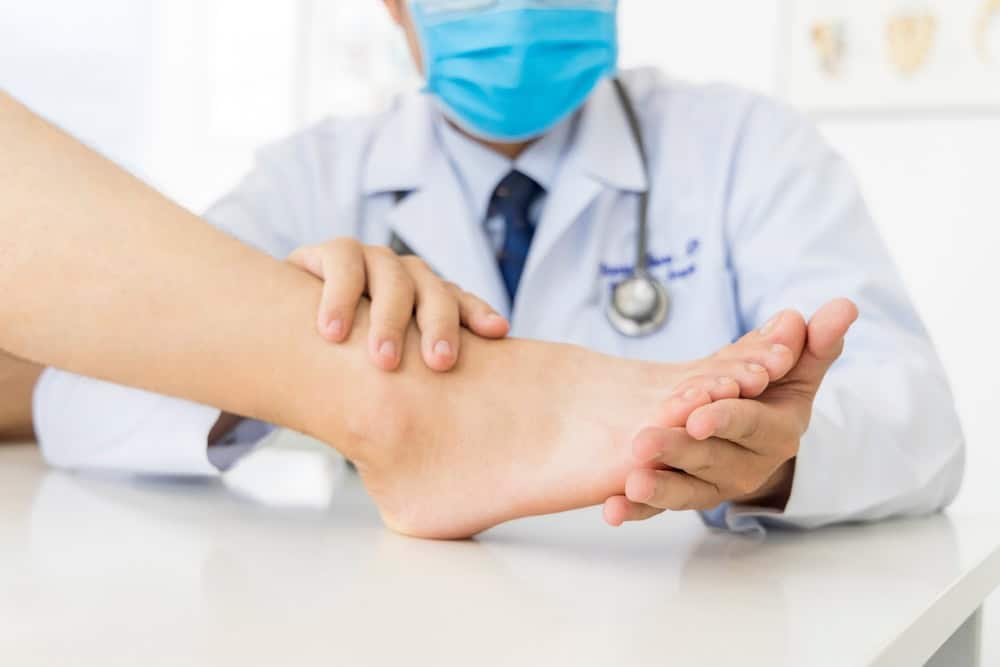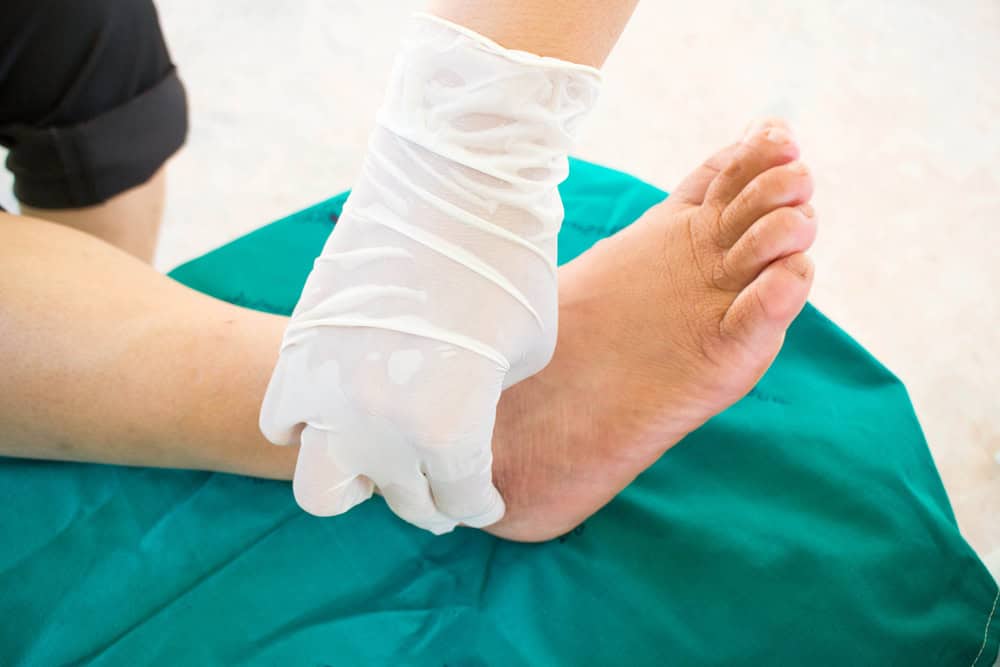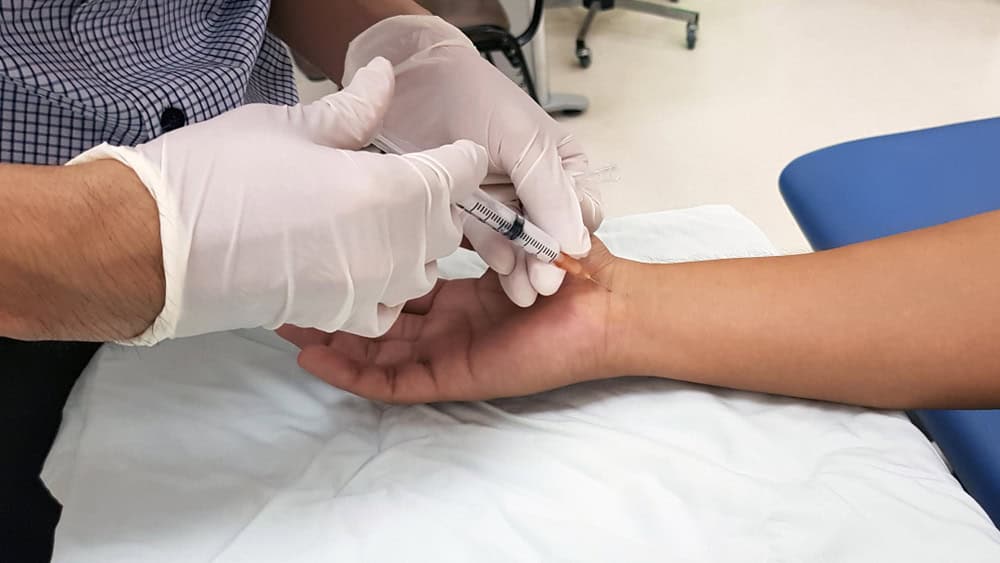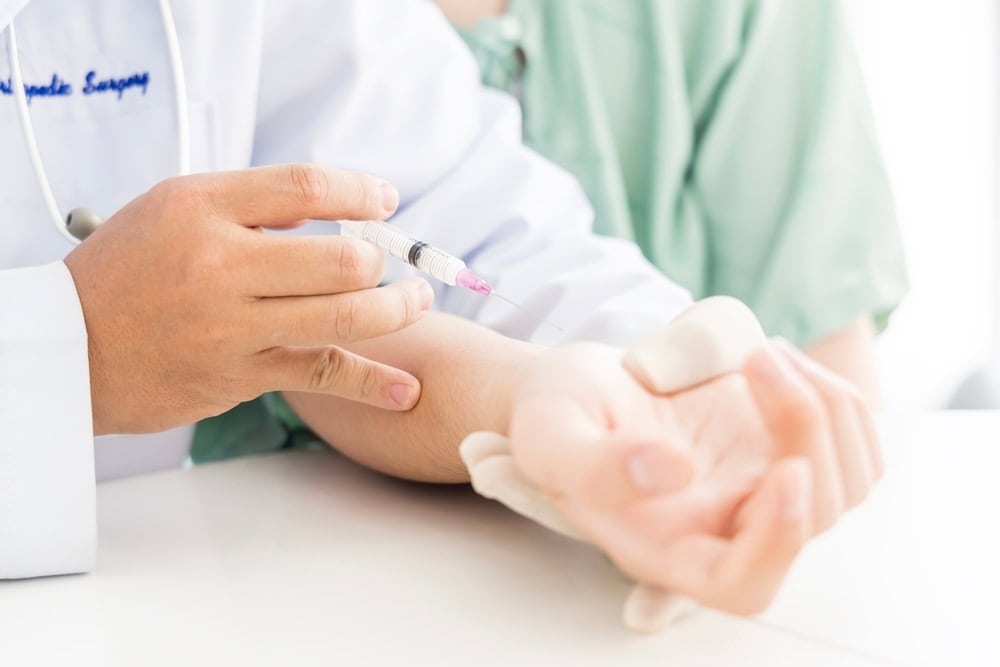Seeking relief from chronic nerve pain? At NY Spine Medicine, our neuropathy doctor provides treatments to address peripheral neuropathy and reduce nerve damage symptoms, helping you regain mobility and comfort.

Reviews

At NY Spine Medicine, our SoHo, NY neuropathy doctor provides targeted care for peripheral neuropathy and chronic nerve pain treatment. We use advanced diagnostic tools to assess nerve function and develop treatment plans that are designed to meet each patient’s unique needs.
Our approach to nerve damage treatment includes nerve conduction studies, EMG testing, physical therapy, and nerve stimulation therapies to improve mobility and minimize symptoms. No matter the severity of your condition or the cause, our neuropathy specialists in New York City are ready to help you find relief and regain control of your daily life.


Ready to get started?
Living with peripheral neuropathy or chronic nerve pain can make everyday tasks difficult, but the right treatment can help you regain comfort and mobility. At NY Spine Medicine, our neuropathy specialists in New York City focus on identifying the root cause of nerve damage and creating personalized treatment plans to manage symptoms.
We use advanced therapies such as nerve stimulation, regenerative medicine, and physical therapy to target the effects of neuropathy and help restore function. Don’t let nerve pain take control of your life; find lasting relief with NY Spine Medicine today. Schedule an appointment with our SoHo, NY neuropathy doctor to get started.

During the colonial period, the land that is now SoHo was part of a grant of farmland given to freed slaves of the Dutch West Indies Company, and the site of the first free Black settlement on Manhattan island. This land was acquired in the 1660s by Augustine Hermann, and then passed to his brother-in-law, Nicholas Bayard. The estate was confiscated by the state as a result of Bayard’s part in Leisler’s Rebellion, but was returned to him after the sentence was annulled.
In the 18th century natural barriers - streams and hills - impeded the growth of the city northward into the Bayard estate, and the area maintained its rural character. During the American Revolution, the area was the location of numerous fortifications, redoubts and breastworks. After the war, Bayard, who had suffered financially because of it, was forced to mortgage some of the property, which was divided up into lots, but even then there was very little development in the area, aside from some manufacturing at Broadway and Canal Street.
Serious development of the area did not begin until the Common Council, answering the complaints of landowners in the area, drained the Collect Pond, which had once been an important source of fresh water for the island, but which had become polluted and rank and a breeding ground for mosquitoes. A canal was built to drain the pond into the Hudson, and the canal and pond were both later filled in using earth from nearby Bayard’s Hill. Once Broadway was paved and sidewalks were built there and along Canal Street, more people began to make their homes there, joining earlier arrivals such as James Fenimore Cooper.
Learn more about Soho.Local Resources
New York:
Florida:
Support